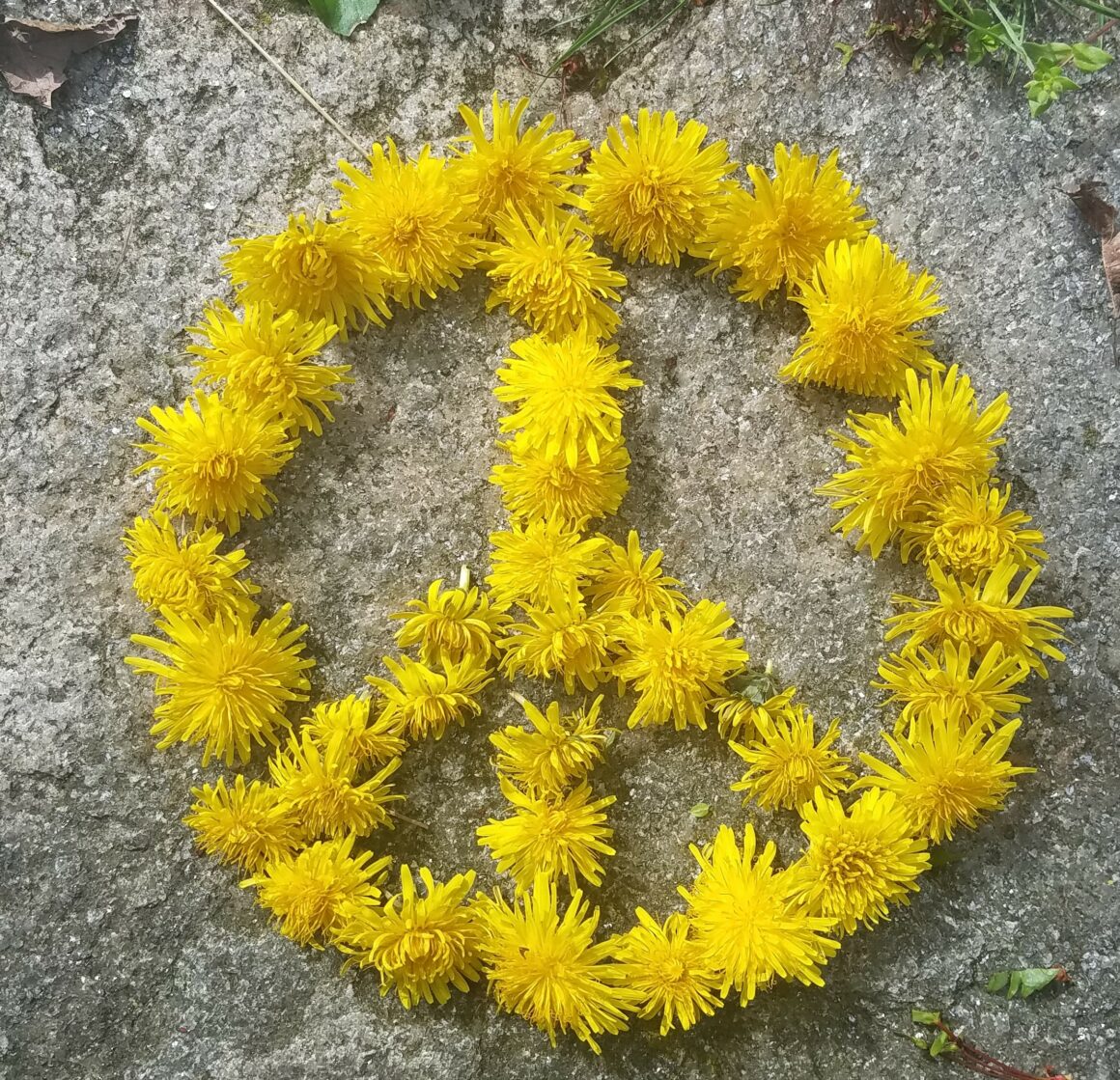Collaborative and public nature art installations can be both art in nature and art made from nature. One of the most beautiful aspects of nature art is that the definition is fluid – it can take many forms, is meant to be creative by design, and can break norms.
From a simple peace sign made of dandelions to a life-size representation of the impacts of water pollution, nature art cannot be defined by shape, size, message, or any other category. Artists are often inspired by nature and sometimes utilize reused, recycled, and repurposed materials, which add layers of abstractness to their creations. Sometimes nature art is made for the sole purpose of beauty and existence, and other times the art has a message to share about environmental or social topics.
Benefits of Nature Art
Nature art can bring joy and personality to cultural landscapes, often lost in a blur of growth and development. Additionally, nature art can:
- inspire happiness and creativity,
- create warmth and welcoming,
- spread important messages,
- instigate difficult conversations,
- break down barriers, and
- provide accessibility to anyone and everyone.
Nature Art Teaches
Based in Baltimore, environmental artist, Ashley Kinder, works with natural materials including plants, wood, water, and stone to create artwork that reflect human impact on the environment like climate change and the decline of pollinators. Kinder emphasizes the way nature, as both a material and message, is a powerful practice. As it brings disruption to regular spaces, people begin exploring materials, emotions, and experiences, all while subconsciously absorbing an important message about the planet.
Not only are the visual benefits of natural and public art incredible, but natural art is a great method for learning and education. In Virginia, Sites Unseen, is a collaboration between four schools to understand and spread awareness about the dangers of pollution. Their message is “If we can’t see the problem, how do we understand or change it?” and was illustrated through four public art installations. Their work together allowed them to visualize concepts of the human impact on Earth, the importance of protecting Mother Earth, the effects of water pollution, and the dangers of climate change.
Art is everywhere! Next time you see art in nature or art made from nature, I invite you to pause, observe, absorb, and connect to the art and the place where the art is located.


